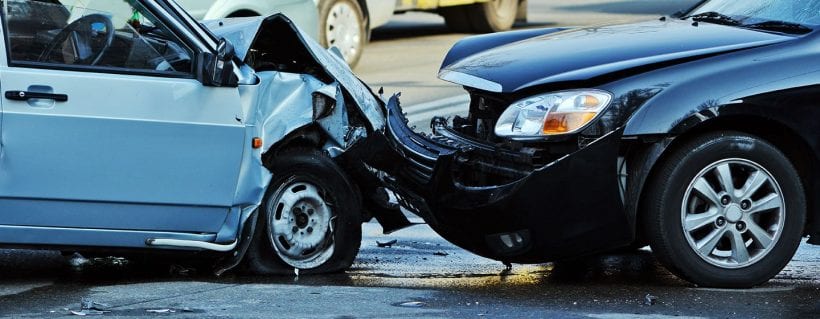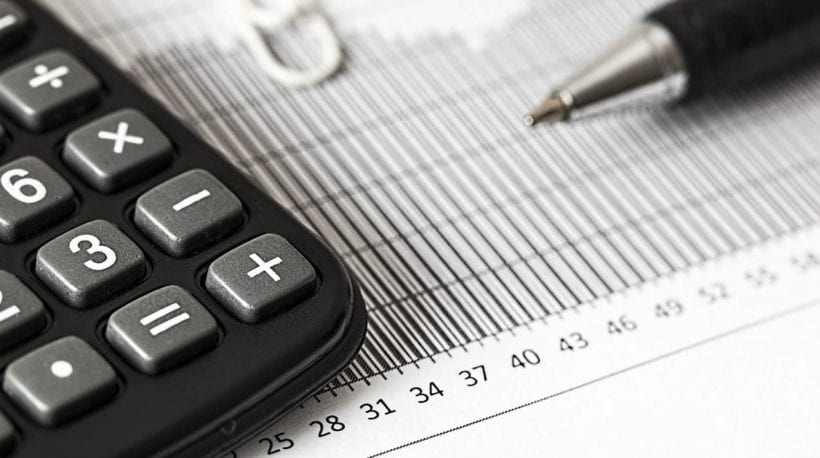Settling a car accident insurance claim without legal representation is doable. It is also the more feasible option if you were responsible for the accident and/or only if the injuries are somewhat minor. This is because the settlement amount may be small and so by avoiding legal fees (can be as much as one-third of what you get), you can keep the entire amount to yourself.
Keep in mind that in making a claim, you will typically not have any direct dealings with the defendant. On the contrary, you will be making your claim with his insurance company, and settling it through interactions with the claims adjuster. You should also be aware of what the statute of limitations is in your state. This is the period within which you must file your lawsuit or claim.

Settling the Claim – Your Action Plan
Following the accident, do the following.
1. Collect Photographic Evidence
Photographs can serve as highly persuasive supporting proof of accident severity. Take shots of the:
- Accident scene
- License plates of the vehicles involved
- Sites of damage on the vehicles
- Injuries you sustained including disfigurement and scars

2. Gather Contact Information and Statements
While you’re still present at the accident scene, collect the name and contact details of the other driver and of his insurance company, any police who arrived at the scene, and witnesses, if any. Additionally, try to get statements from the witnesses.
3. Get The Accident Report
The police officer looking into your accident will fill up a form called the accident report. You have to get that report from him because it may help add weight to your claim.
Included in the report would be accident details such as date and time, road hazards if any, weather conditions and driving speeds of the vehicles involved, the officer’s conclusions on what caused the crash, whether the other driver was found to be at fault in any way, and injuries you sustained.

3. Get Immediate Medical Attention
Get yourself checked out by a medical expert (whether ambulance, paramedic or your own doctor as per the situation) immediately after the accident. Delaying medical attention will make it appear to the claims adjuster that your injuries are not serious. What’s more, skipping appointments and not following the doctor’s recommended course and scheme of treatment could work against your favor. Also, be clear and complete in mentioning your symptoms at each doctor visit.
4. Get your Medical Records
Take into account all the medical professionals you consulted or were treated under including ambulance and physical therapy, and medical treatment expenses. Collect all the records and bills pertaining to them. These records are proof of the degree of your injuries, the nature of treatment done, and cost.

If your bills were paid by your health insurance company, contact them and secure a written statement from them which mentions the amount paid. If there are any outstanding medical bills, the payment is to be cleared from settlement funds. Remember that the insurance company has a right to reclaim the sum it paid.
5. Calculate Damages
There are two key types of damages you would have to calculate:
- Special damages or damages which can be accurately calculated
- Damages which cannot be exactly calculated
Included under the first category may be damage to your vehicle, damage to any property that was inside the vehicle, car rental if applicable, out-of-pocket expenses, medical bills and lost wages/lost earnings.

Lost wages are of two kinds – lost earnings and lost earning capacity. To make things clear, imagine this situation. The job you were working at, at the time of the accident was paying you $75,000 a year and owing to injuries sustained you were off work for a few months. After those months, you were forced to get into a job that pays just $50,000 a year. So, your lost wages are $75,000, and lost earning capacity is $25,000 a year.
6. Make the Demand Letter
When you have all the relevant information and supporting documents or records in hand, it is time to send the insurance company a demand letter. This letter is important because of it:
- Presents facts of the accident while also showing how the defendant is at fault
- Has a record of your injuries and treatment with itemized medical bills to support
- Shows the impact of the injuries on your life
- Presents your wage losses and other financial losses pertaining to the accident
- Shows the extent of losses from pain and suffering you endured (including emotional distress), and other losses
- Mentions the amount you are demanding (you can alternatively ask them to make an offer) as well as a time limit within which the insurance company must respond

7. Negotiation and Settlement
You will get a response to your demand letter from the insurance ‘s company’s claim adjuster. Expect to get an offer for a lower amount than what you believe you deserve. It is your decision whether you want to accept the counter offer or negotiate further. Should you and the insurance company not be able to reach a suitable settlement, you may have to file a lawsuit.
The procedures involved in filing a car accident insurance claim are tedious and time-consuming but at the end of it all, if you get what you wanted, all the sweat is definitely worth it. Please note that if the car accident was brought on by a drunk driver, or the injuries are serious, it is better to consult a competent attorney.

